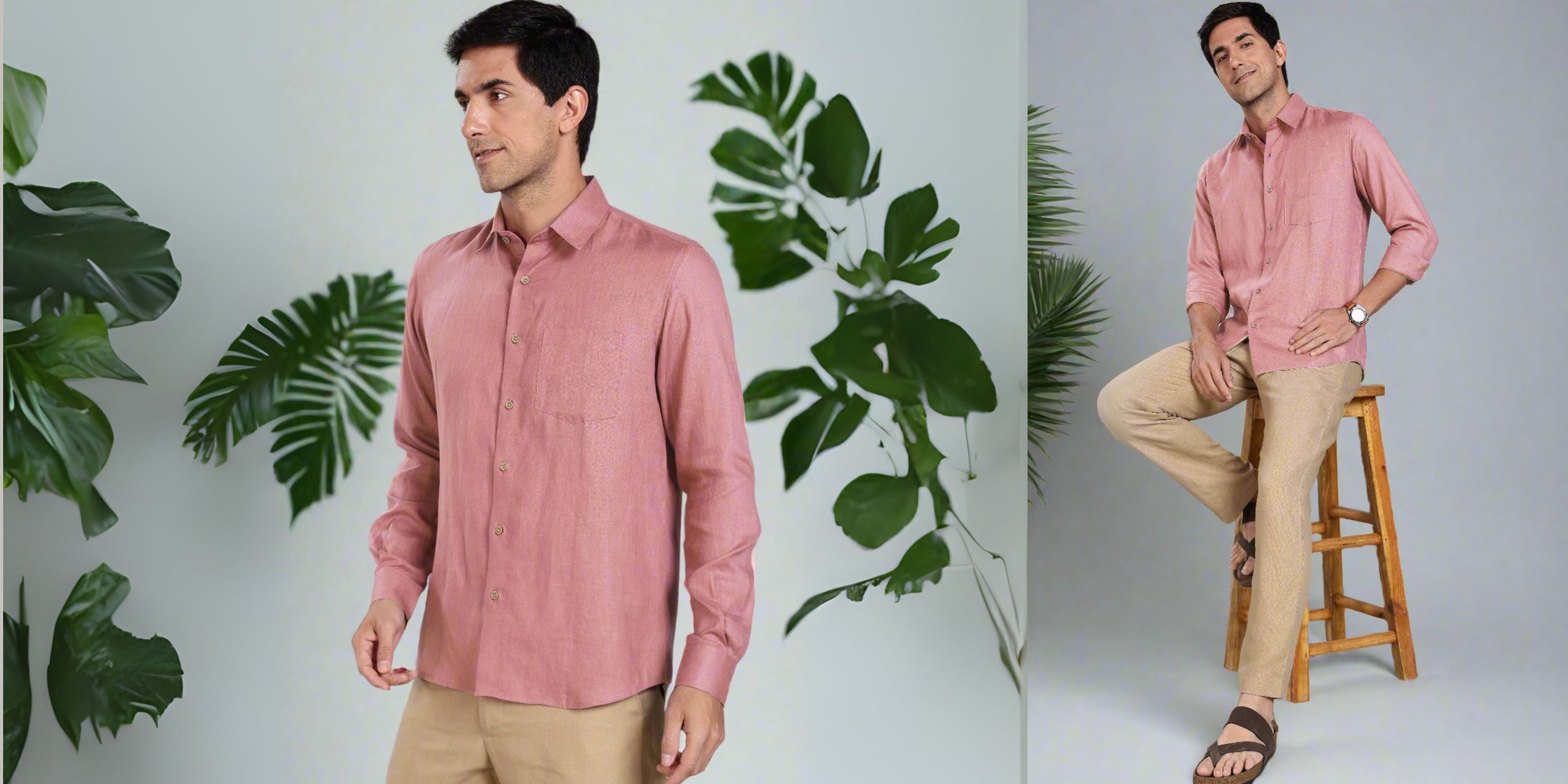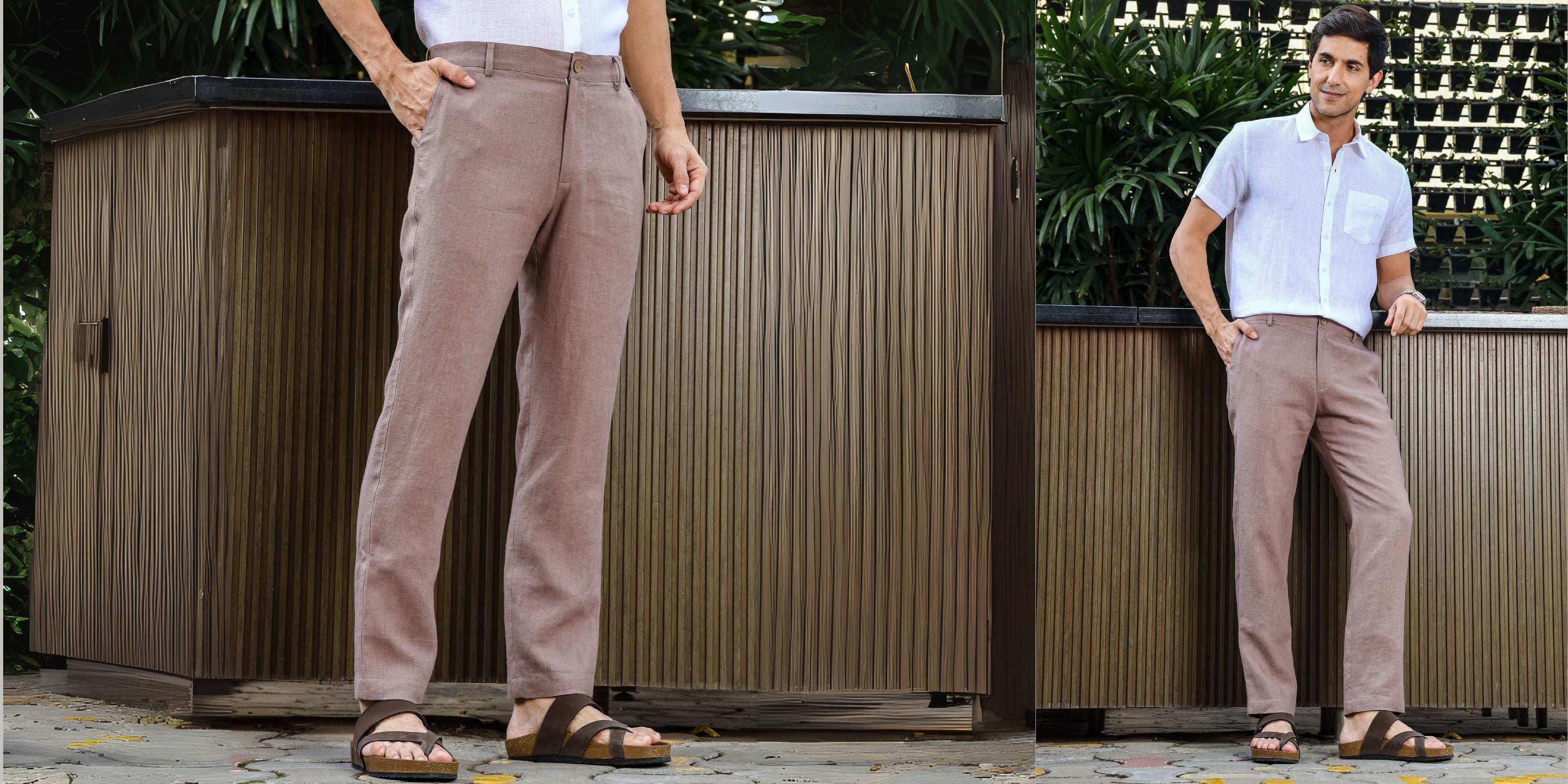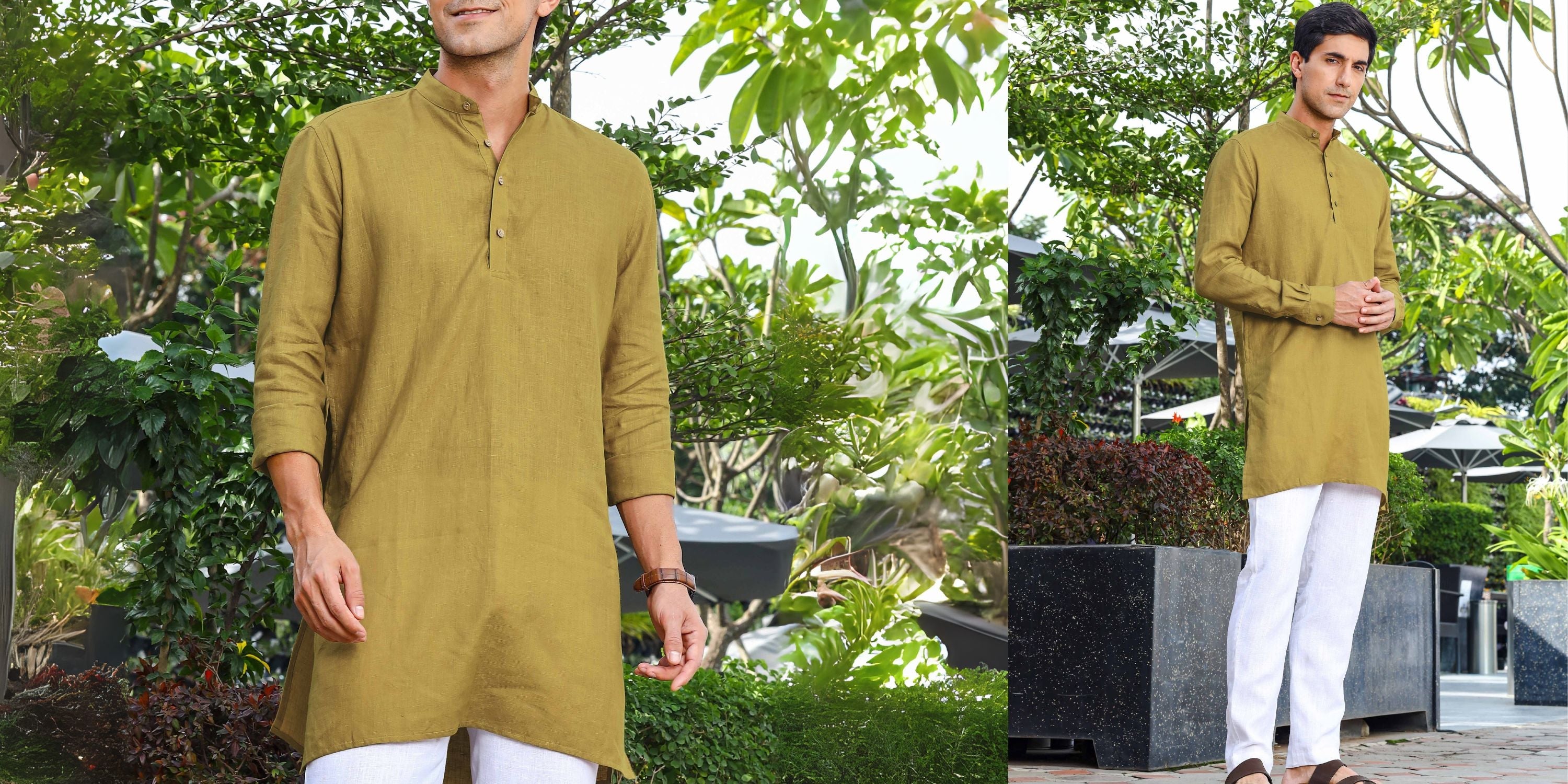Cotton and Linen: The Ultimate Guide to Choosing Nature’s Best Fabrics
If you are trying to decide between cotton and linen for your clothing, the answer is simple: both deserve a place in your wardrobe. In the first wear itself, you will notice why these two natural fabrics have stood the test of time. They are breathable, comfortable, stylish, and made from nature’s purest fibers.
In a world where consumers are becoming more conscious about comfort, style, and sustainability, cotton and linen remain two of the most trusted and loved materials. They are suitable for all ages, all seasons, and nearly every occasion. Whether you’re looking for a crisp shirt for work, a breezy dress for vacation, or timeless loungewear, understanding cotton and linen will help you make better, more sustainable fashion choices.
Understanding the Basics
Cotton and linen have been part of human clothing history for centuries, loved for their natural origins, breathability, and comfort. But while they’re both plant-based fabrics, their characteristics, textures, and even their histories are quite different.
What is Cotton?
Cotton comes from the fluffy fibers surrounding the seeds of the cotton plant. These fibers are spun into threads and woven into fabric. Cotton has been cultivated for over 7,000 years, with origins traced to India, Egypt, and the Americas. Today, it is one of the most widely produced fabrics in the world because of its adaptability and comfort.
The feel of cotton is immediately soft, which is why it’s a favorite for everyday wear. It absorbs moisture well, making it ideal for warmer climates, yet it can also be woven into thicker forms for cooler seasons. The best part? Cotton can be dyed easily, so it comes in a wide range of colors and patterns.
What is Linen?
Linen is made from the stalk of the flax plant, a strong, fibrous plant that has been cultivated for over 10,000 years. Ancient Egyptians considered linen a luxury fabric, using it for clothing, bedding, and even mummification wraps due to its durability and purity.
Linen’s unique texture sets it apart from cotton. While it feels crisp at first, each wash makes it softer and more comfortable. It’s naturally breathable and moisture-wicking, which is why cotton and linen are both seen as summer staples. Linen also has a subtle sheen that adds a touch of sophistication to any garment.
Cotton and Linen: Side-by-Side Comparison
When it comes to choosing between cotton and linen, it’s not about which is “better”; it’s about which works best for your needs, lifestyle, and personal style.
Breathability & Comfort
Breathability is one of the main reasons people choose natural fabrics. Cotton allows air to pass through easily, making it ideal for daily wear in moderate to warm weather. Linen takes it a step further, its looser weave and hollow fibers mean that it not only breathes but also keeps you cool even in intense heat. This is why people in tropical climates often favor linen for daywear.
Durability
Linen fibers are naturally longer and stronger than cotton fibers. While cotton is still durable, it may start to show signs of wear after repeated washes, especially if the fabric is lightweight. Linen, on the other hand, tends to last decades if cared for properly, making it an investment piece in your wardrobe.
Moisture Absorption & Quick Drying
Both cotton and linen excel at absorbing sweat and keeping you dry. However, cotton holds on to moisture longer, while linen dries quickly, a big plus for humid climates, travel, or beach days.
Texture & Look
Cotton’s smooth, even texture gives it a clean look that works for everything from t-shirts to formal shirts. Linen’s irregular, textured weave creates a more relaxed appearance, perfect for resort wear, casual summer outfits, or minimalistic, modern clothing styles.
Sustainability Factor
In today’s eco-conscious world, cotton and linen stand out as sustainable choices, but they differ in how they impact the environment.
Eco-Friendly Cultivation
-
Linen requires less water and fewer pesticides than cotton, making it one of the most sustainable crops in the textile industry.
-
Cotton, especially organic cotton, can also be eco-friendly, but conventional cotton farming consumes more resources.
Biodegradability
Both cotton and linen are biodegradable, meaning they naturally break down without harming the planet when discarded responsibly.
Energy and Production Impact
Linen production uses less energy compared to cotton. Flax plants can grow in poorer soil conditions, reducing the need for heavy agricultural input. Cotton, however, thrives in warmer climates and requires more water, which is why sustainable farming practices are key to reducing its footprint.
Why Slow Fashion Brands Love Linen
Because linen is incredibly durable, slow fashion brands value it for its longevity; garments last for years, meaning fewer replacements and less waste. Cotton is also embraced by sustainable labels, especially when it’s organically grown or blended with linen for durability.
Style & Versatility
Both cotton and linen can be styled for different occasions, seasons, and moods.
Everyday Casuals
-
Cotton: Perfect for t-shirts, polos, chinos, and casual dresses.
-
Linen: Great for button-down shirts, breezy trousers, and tunics.
Formal & Semi-Formal Wear
-
Cotton: Works well for crisp dress shirts, tailored trousers, and blouses.
-
Linen: Ideal for lightweight blazers, elegant summer dresses, and stylish pants.
Seasonal Fashion Tips
-
In summer, wear pure linen or light cotton for maximum comfort.
-
In winter, blend cotton with wool or linen with heavier fabrics for warmth.
- Layer cotton shirts with linen jackets for a breathable yet polished look.
Care & Maintenance Tips
To get the most out of cotton and linen clothing, proper care is essential.
-
Washing: Use cold or lukewarm water and a mild detergent.
-
Drying: Air drying is best to maintain fabric strength and color.
-
Storage: Keep garments in a cool, dry place. Avoid plastic covers for long-term storage to prevent fabric damage.
-
Color Care: Wash white garments separately to keep them bright.
- Ironing: Linen can be ironed slightly damp for a smooth finish, while cotton can be ironed on medium heat.
How to Choose Between Cotton and Linen
Choosing between cotton and linen depends on:
-
Climate: Linen is better for hot, humid weather, while cotton works well all year round.
-
Occasion: Cotton is great for formal and business wear, while linen shines in casual and smart-casual settings.
-
Personal Style: If you love a polished, wrinkle-free look, go for cotton. If you prefer a relaxed, natural vibe, linen is ideal.
-
Blends: For the best of both worlds, try cotton-linen blends that combine softness with durability.
Linen Trail’s Approach to Linen
At Linen Trail, our philosophy is simple: create timeless, sustainable pieces from the world’s best linen. Every garment is crafted from 100% pure linen, chosen for its natural texture, breathability, and long life.
We design with minimalism in mind, ensuring that each piece remains stylish for years. Our commitment to ethical production and zero-waste methods ensures that choosing Linen Trail means choosing fashion that’s kind to the planet.
Final Thoughts
A wardrobe that includes both cotton and linen offers the perfect balance of comfort, style, and sustainability. Cotton delivers everyday softness, while linen adds a refined, airy elegance. Investing in high-quality pieces made from these fabrics ensures that your clothing will not only look beautiful but also last for years.
Experience the unmatched comfort of pure linen. Discover Linen Trail’s exclusive collection today and feel the difference in every stitch.
Frequently Asked Questions
Q1. Which is cooler to wear, cotton or linen?
Ans: Linen is cooler because of its loose weave, but both are breathable and comfortable.
Q2. Why does linen wrinkle more than cotton?
Ans: Linen’s natural fibers are less elastic, so they crease easily adding to its relaxed charm.
Q3. Can I mix cotton and linen in one outfit?
Ans: Yes, they complement each other beautifully and balance softness with structure.
Q4. Which fabric lasts longer, cotton or linen?
Ans: Linen generally lasts longer due to its stronger fibers.
Q5. Is linen always more expensive than cotton?
Ans: Usually yes, because flax farming and linen production are more labor-intensive.
Q6. How should I wash linen clothes?
Ans: Use cold water, mild detergent, and air dry to maintain quality.
Q7. Does cotton shrink easily?
Ans: Yes, cotton can shrink if washed in hot water or dried at high heat.
Q8. Are cotton and linen eco-friendly fabrics?
Ans: Yes, both are biodegradable, but linen has a lower environmental impact during cultivation.





